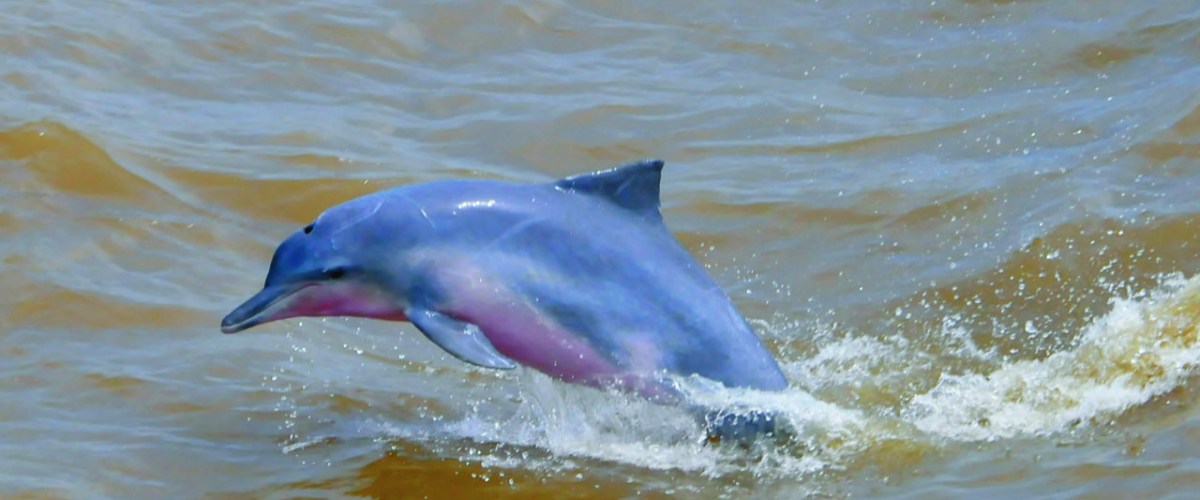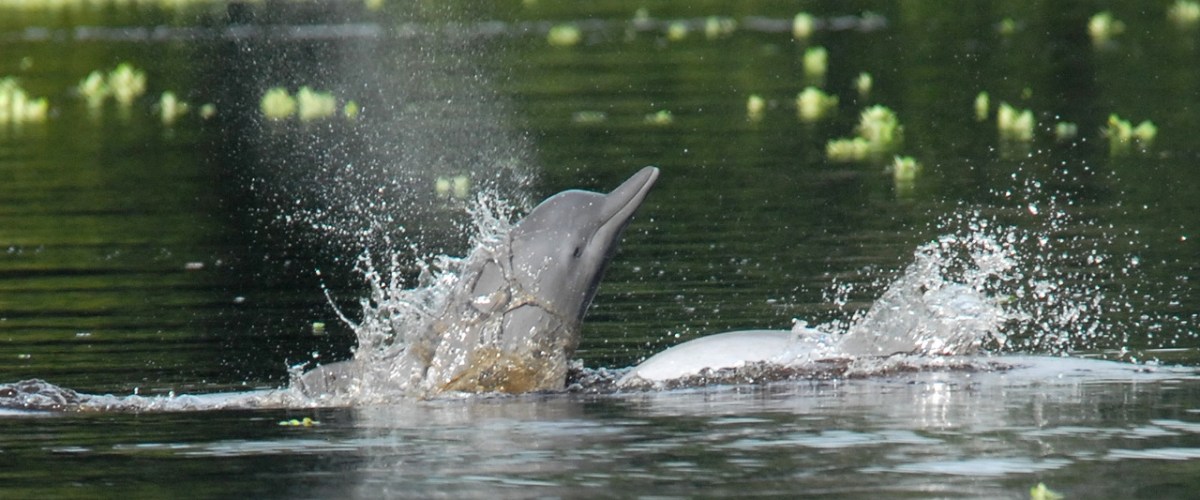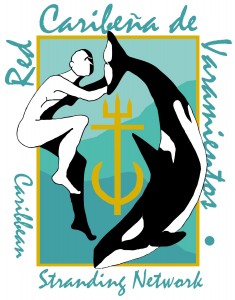ANSWERS IN A DROP OF WATER: ELUCIDATING POPULATION STRUCTURE OF THE TUCUXI DOLPHIN FROM ENVIRONMENTAL DNA (eDNA) ANALYSIS
LOCATION: COLOMBIA
|
Susana Caballero, PhD |
Barbara Taylor, PhD |
|
Fernando Trujillo, PhD |
Vanessa Mintzer, PhD |
|
Frank Cipriano, PhD |
Antonio Mignucci- Gianonni, PhD |

PROJECT SUMMARY

Fernando Trujillo
All river dolphins are threatened with extinction because of their restricted distribution, overlap with human communities, and the threats of accidental death in fishing gear, habitat destruction, and being killed for bait or because of perceived conflict with human fishers. The tucuxi is found only in the Amazon and its tributaries and looks like a small bottlenose dolphin.

Fernando Trujillo
Unlike bottlenose dolphins, little is known about tucuxi except that they are declining rapidly in some parts of their range. Obtaining samples is difficult because they are hard to biopsy and vulnerable to dying from stress if handled. Effective conservation depends on rapidly improving our understanding of population structure to facilitate conservation actions where they are needed most, and this project will specifically address this need. We will obtain DNA from water samples to rapidly identify population structure with minimal impact or disturbance.

Fernando Trujillo
Local communities will be trained to obtain samples and thereby actively participate in conserving their natural surroundings. In the future, monitoring studies could be developed with community partners to further encourage dolphin conservation. Project results will be shared widely with the public, and scientific and conservation communities, through a collaborative workshop, presentations, reports, journal article, and outreach documentary.

Fernando Trujillo
 |
 |
 |
 |
